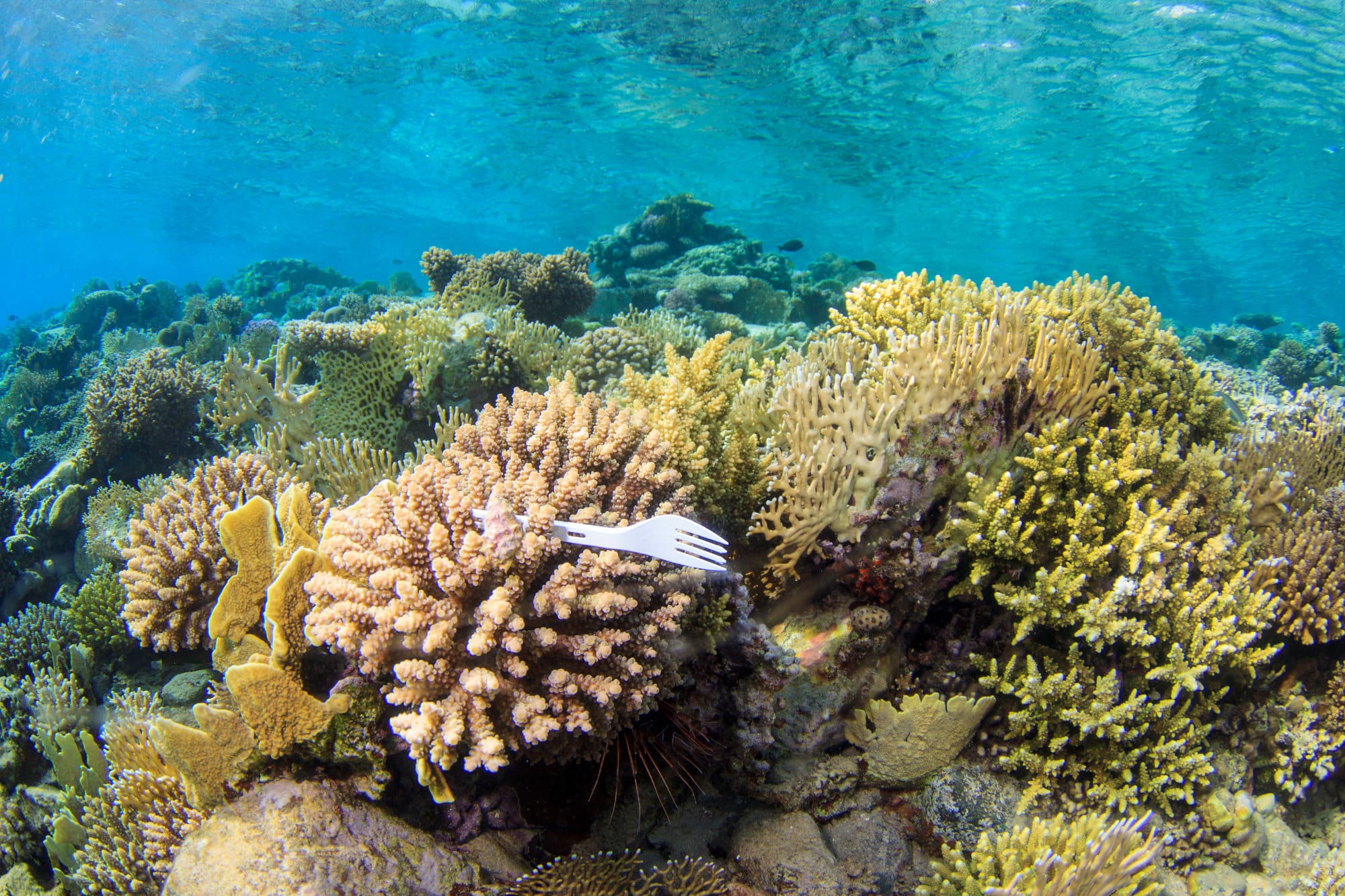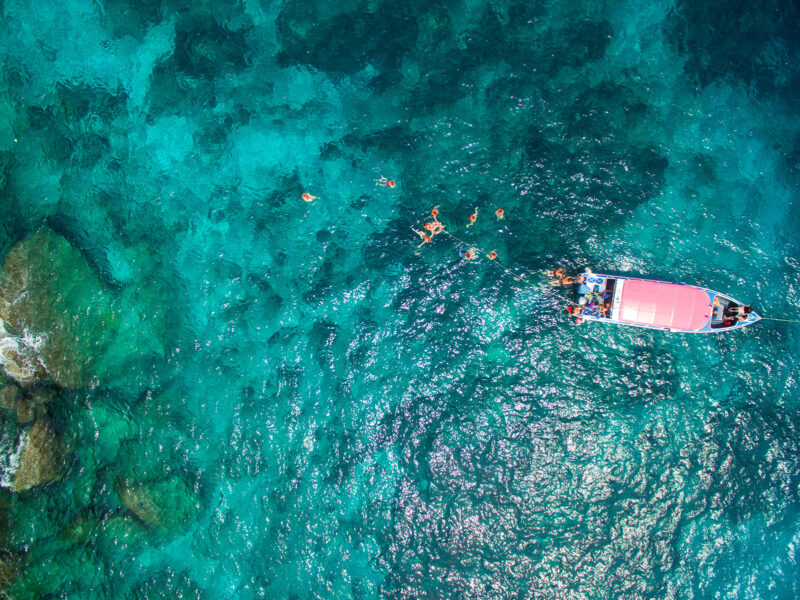People can argue all they want over politics, climate change and Game of Thrones, but one thing no one is arguing over is the plastic polluting our life-giving oceans—at least not after they read these facts. Rather than let this list depress you and make you feel powerless, use it as motivation to go plastic-free wherever possible in your life and set an examples for others to do the same.
Plastic pollution is a big problem that won’t get solved by blame shifting. It requires a massive response from each and every person on earth—changing their buying habits, behavior and even going out of their way to avoid plastic conveniences like plastic bags and water bottles, whether it’s paying a little more or changing where they shop.
*Warning: Graphic Images*
91 Percent of Plastic Is Not Recycled
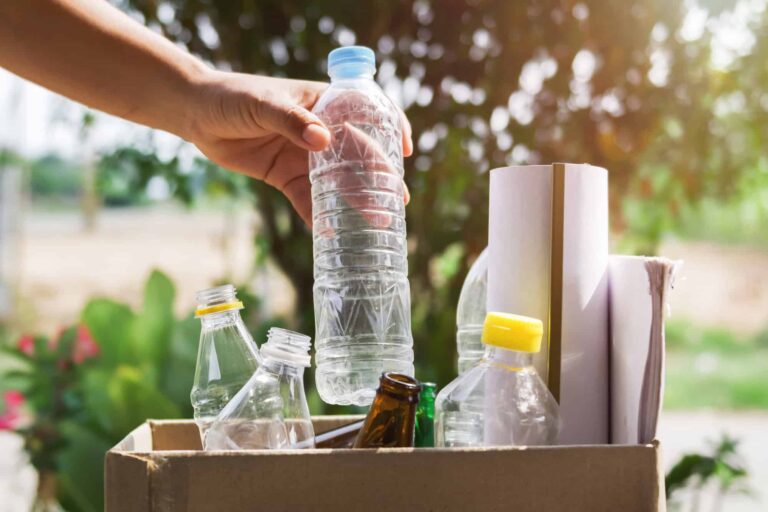
Many people don’t find an issue with their plastic use because they recycle—meaning they sort their “recyclable” garbage into the appropriate bins and trust that the local waste management company recycles it. Unfortunately, only nine percent of the 6.3 billion metric tons of plastic waste is actually recycled. Plastic production has doubled in quantity every 15 years and considering it takes more than 450 years to degrade, the ocean is in trouble if we don’t cut back on our plastic consumption.
500 Million Plastic Straws Are Used Every Day in the US Alone
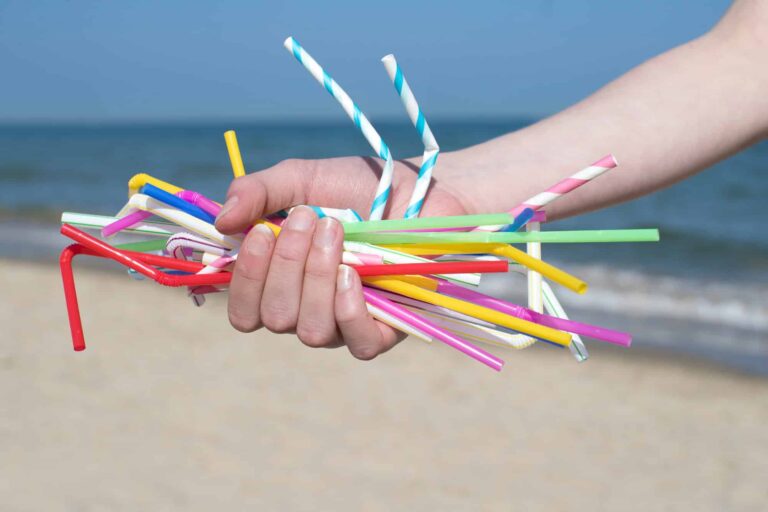
According to EcoCycle.org, the amount of straws used in the US every day—500 million—could fill more than 127 school buses. Now is a great time to ask yourself, “Do I really need to use a straw?” Unless medically necessary, straws are only a wasteful convenience. Do your part to reduce single-use plastics by going straw free, refusing straws when dining out and only using your own reusable straw if you must suck. See what we did there?
4.5 Trillion Cigarettes Are Littered Annually
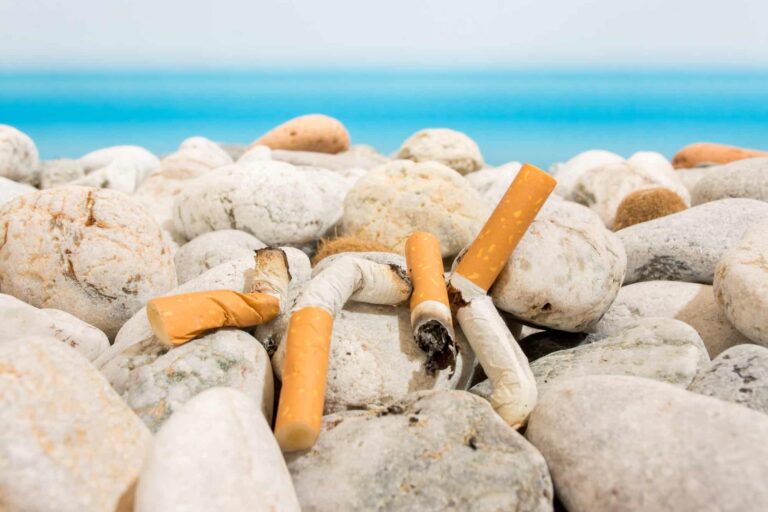
Smokers, the spotlight is on you. It may still seem socially acceptable to throw your cigarette butts out the window and on the ground, but it’s not. Cigarette butts are the most littered item on earth and the toxic chemicals in them poison animals that eat them. Don’t let your cigarette butts contribute to the 4.5 million littered every year. Dispose of your butts responsibly and buy cigarettes without filters or, better yet, quit smoking!
One Million Plastic Bottles Are Purchased Every Minute
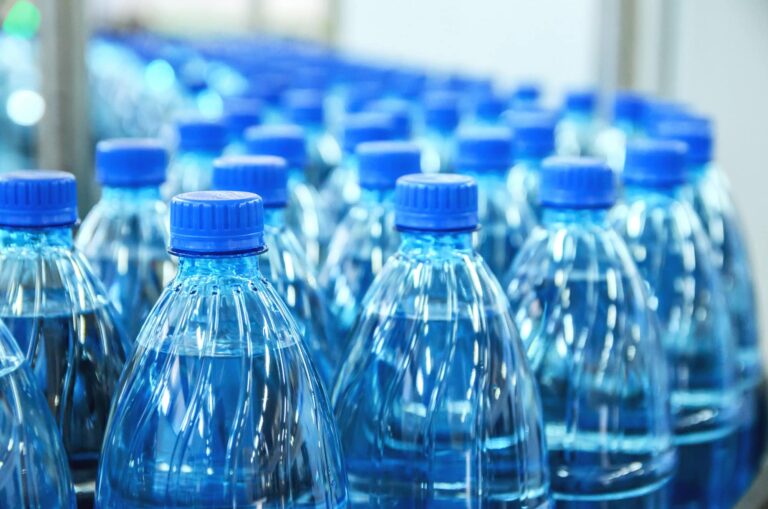
Plastic bottles are one of the worst offenders in the fight against plastic, even when there’s such an easy alternative! A decade ago, 300 billion fewer plastic bottles were used by the human population annually, proving that they are indeed a luxury. Purchase a quality reusable water bottle that you love and bring it everywhere with you. Get in the habit of actively saying no to anything in a plastic drinking bottle. Your small change will contribute to saving the planet and improve your health by avoiding water and sugary bottled drinks in plastic containing BPA.
The Ocean Contains More Microplastics Than Stars in the Milky Way Galaxy
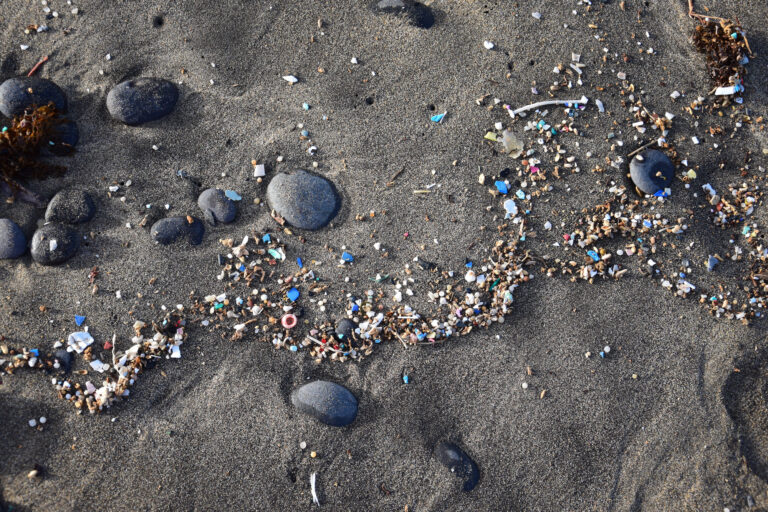
UN News reports, “80 percent of all litter in the oceans are made of plastic” with “51 trillion microplastic particles – 500 times more than stars in our galaxy.” If that’s not shocking enough, even camels in the deserts of United Arab Emirates are eating plastic—sometimes thousands of plastic bags in one camel.
Two Million Plastic Bags Are Distributed Across the Globe Every Minute
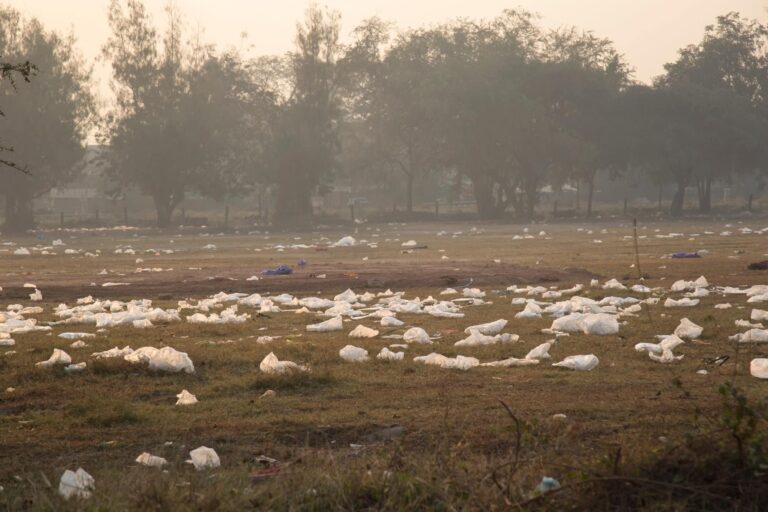
Speaking of plastic bags—now we know why they are so plentiful on a camels pathway. Two million plastic bags per minute comes out to roughly one trillion per year—a number most of us can’t comprehend. Around the world, many cities are beginning to tax or ban plastic bags altogether, but the real impact comes from the individual. If each person switches to reusable bags, in a lifetime they’d keep 22,000 plastic bags out of the environment.
93 Percent of Americans Over Age Six Test Positive for BPA
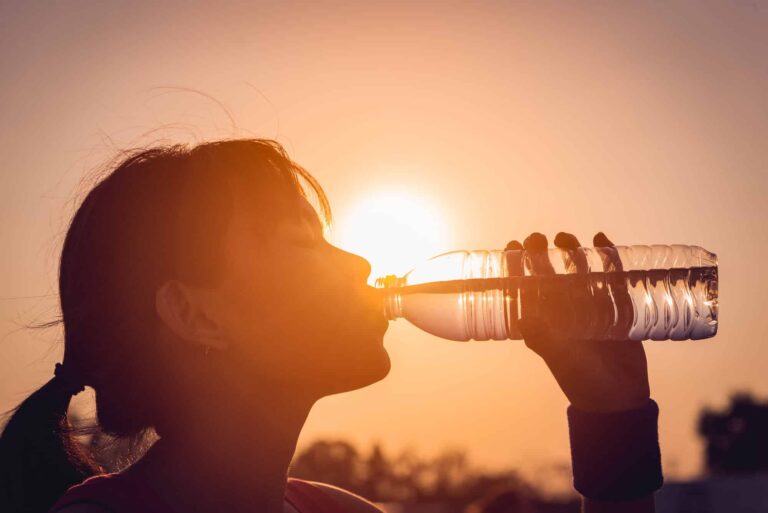
BPA stands for Bisphenol A, a component in polycarbonate plastics and epoxy resins. The National Institute of Environmental Health Sciences explains that BPA mainly gets into the body through diet. It’s especially important to not microwave polycarbonate plastic food containers as the higher the temperature, the more likely it is for BPA to leach into food and liquid.
1,220 Species Are Effected by Plastic Pollution
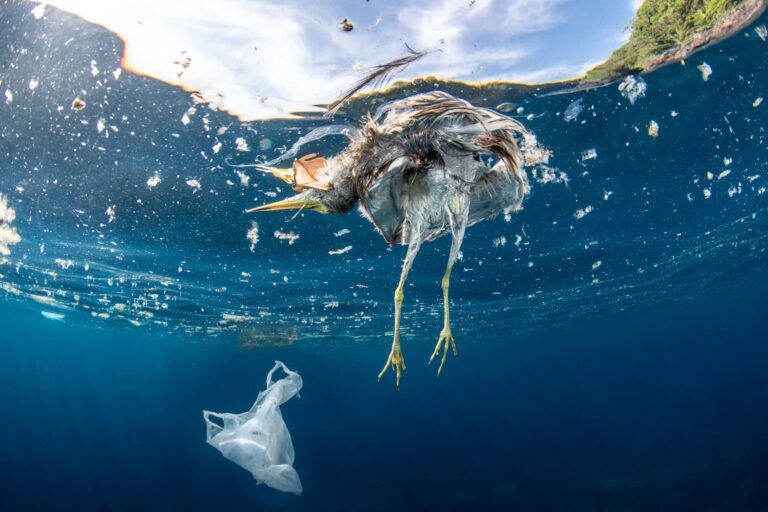
Seabirds and fish are the main victims of plastic pollution, according to Alfred-Wegener-Institut. AWI created a comprehensive database on marine litter called LitterBase where you can see a map of the world’s most littered areas and learn which species are affected. Animals aren’t harmed just by eating plastic, but also by colonizing it and getting tangled or trapped.
A Plastic Bottle Takes At Least 450 Years to Biodegrade
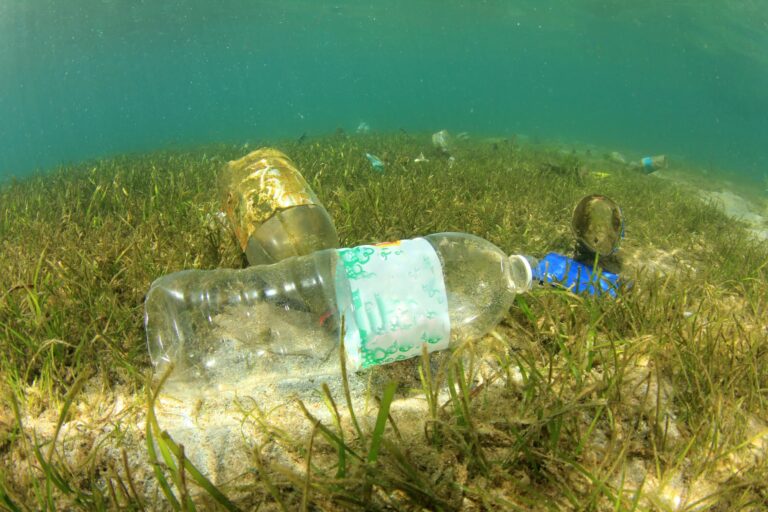
Plastic bottles take 450 to 1,000 years to biodegrade and if they’re made with Polyethylene Terephthalate (PET), they never will! With only 10 percent of bottles getting recycled, it’s safe to say your quick-fix plastic water bottle won’t be, so ditch the plastic and get a reusable water bottle keeps harmful litter out of the ocean and environment.
Plastic in the Ocean Will Outweigh Fish by 2050 If Serious Changes in Behavior Aren't Made
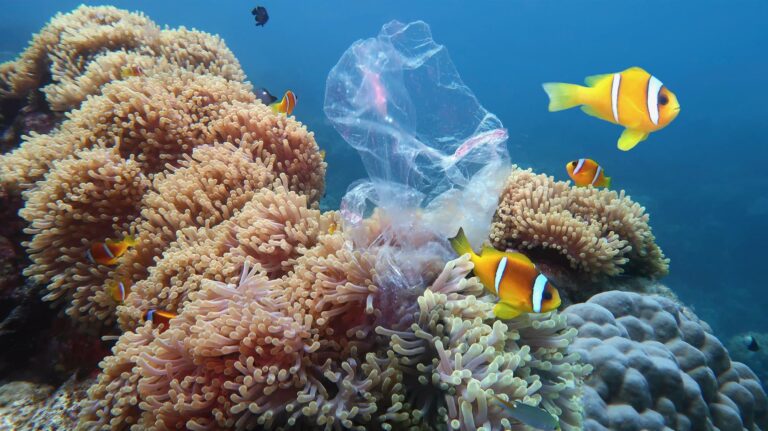
Whether you make your livelihood from the ocean, spend free time in the water or don’t know how to swim, there’s no denying how majestic and interesting the creatures in the ocean are. Dolphins, whales, seals, fish and all the other marine life are what make the ocean so special and mysterious. The idea of finding more plastic garbage in the ocean than actual ocean residents is excruciating, though that’s where we’re headed if our behaviors don’t change. We can’t live without the ocean, so let’s go out of our way to protect it.
Just 10 Rivers Carry 90 Percent of the Plastic Polluting the Ocean
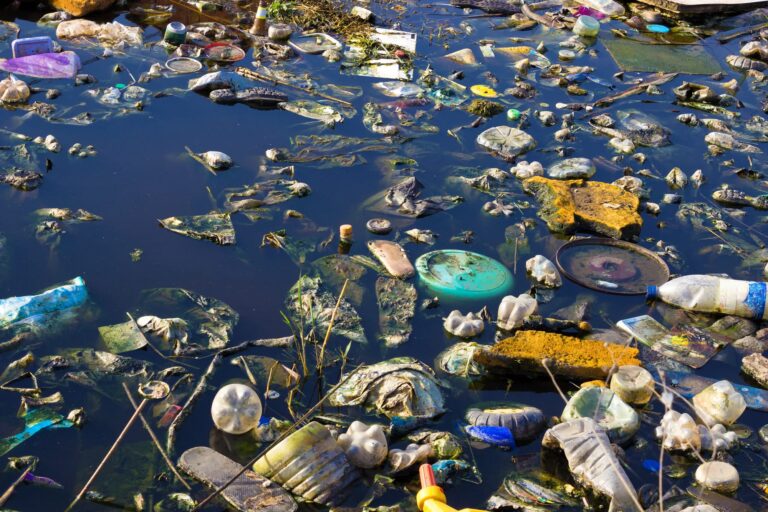
The 10 rivers that contribute to 90 percent of ocean pollution are the Yangtze, Indus, Yellow, Hai He, Ganges, Pearl, Amur, Mekong, the Nile and the Niger. Trash rivers flowing to the ocean is a depressing thought, but there is good news. The Yangtze River in China contributes the most trash of all, and China is making efforts to reach a 35% recycling rate by 2020 through stopping the import of foreign trash and sorting waste. Wooh!
In 2018, the US Exported 157,000 Shipping Containers of Plastic Waste to Countries Without Proper Waste Management Systems
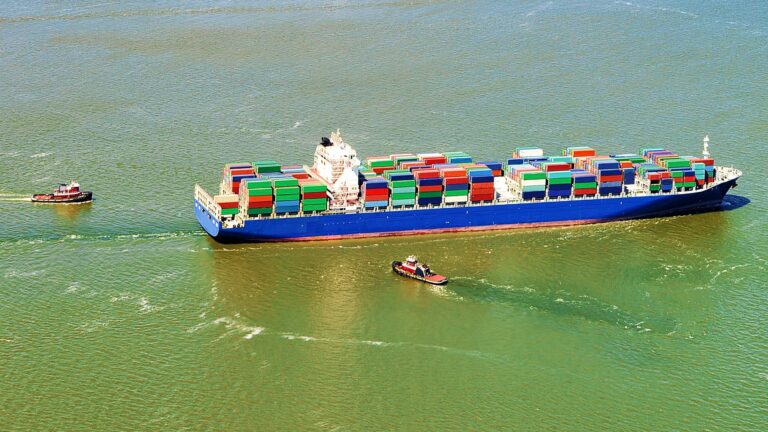
It’s easy to blame all the gross pollution on less-developed, foreign countries like China, Indonesia, the Philippines and Vietnam since they technically contribute the most, but what if something else is going on here? According to Plastic Pollution Coalition, the United States ships plastic waste equal to 157,000 shipping containers to countries without the ability to properly manage waste AND counts it as recycled to avoid disposal costs. While it’s certain that waste management, recycling and consumer behavior need to change abroad, the United States needs change equally as bad, from the waste management systems down to individual behavior.
The Average Person Ingests 70,000 Microplastics Per Year
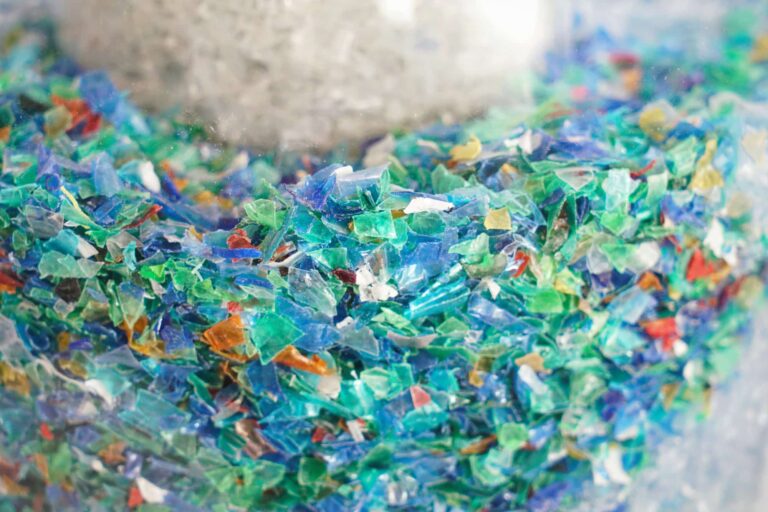
Researchers in the UK reported that each person consumes 70,000 microplastics on average, every year. But the surprising part is that these microplastics aren’t just coming from plastic food receptacles or second-hand through eating fish that have consumed plastic; They are actually microscopic particles from things like carpets, clothing and even car tires! Unfortunately, it’s unlikely you can avoid ingesting these microplastics since they are floating everywhere, but it’s all the more reason to get most forms of plastic out of our lives for good!
Starbucks Alone Produces 4 Billion Coffee Cups Annually

If you’re a Starbucks coffee drinker, it’s likely that you drink it daily—which is great news! By simply bringing in your own reusable coffee mug or cup, you’re saving at least 365 coffee cups from landfills every year!
Approximately 50 Percent of Plastic Is Used Only Once Then THROWN AWAY
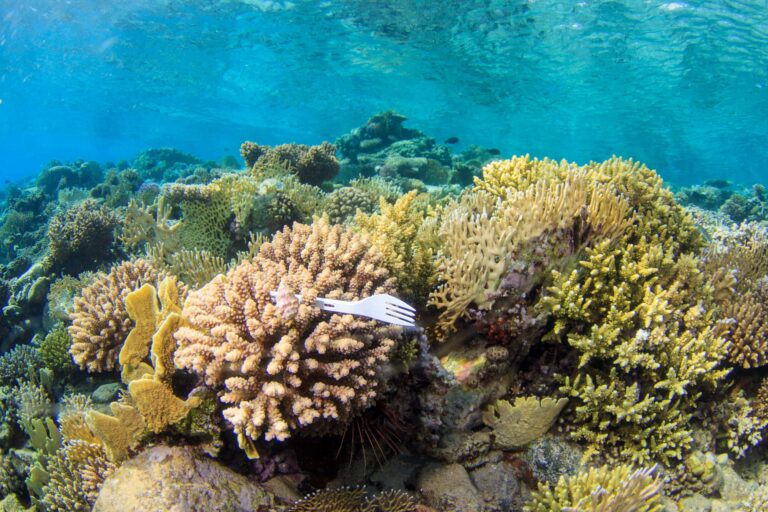
Perhaps the most disturbing aspect of all the plastic pollution in the ocean is that it’s not even coming from a worthy cause. People opt for single-use plastics like plastic cutlery, water bottles and straws out of convenience, laziness and availability. The only way the single-use plastic industry is going to change is if people change their behavior and stop buying single-use plastics. When there’s no demand for single-use plastics, they will stop being produced.
